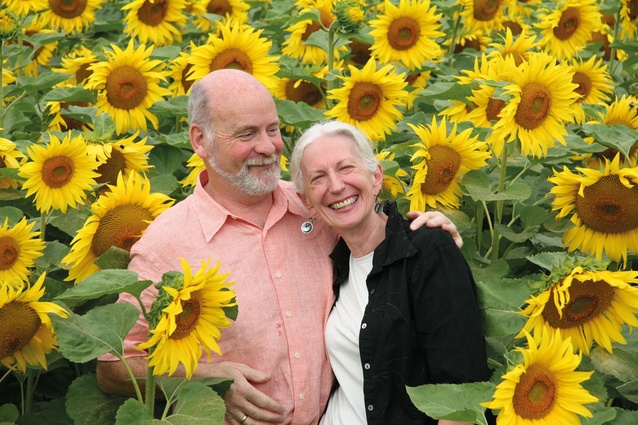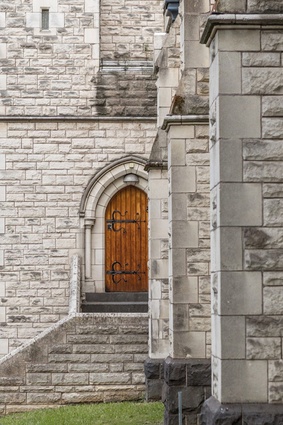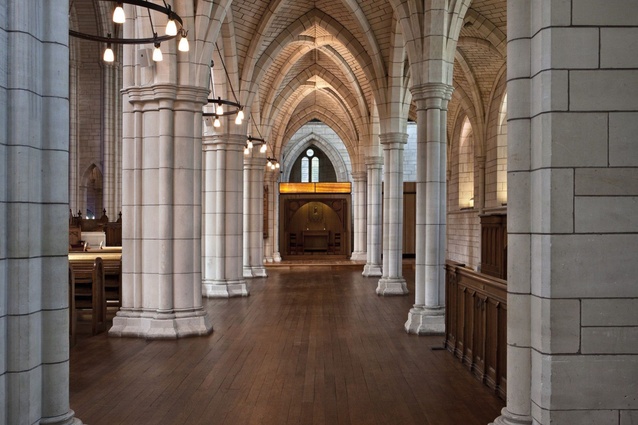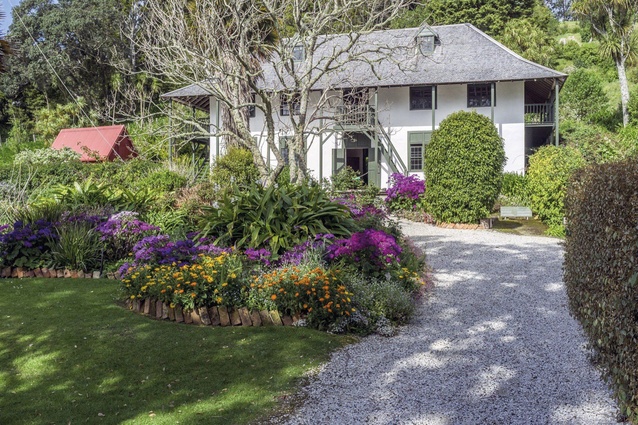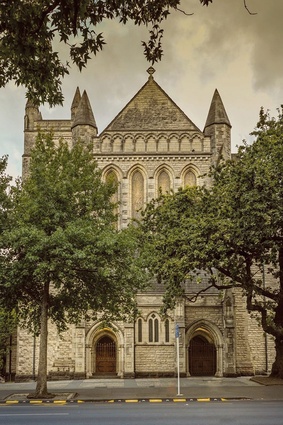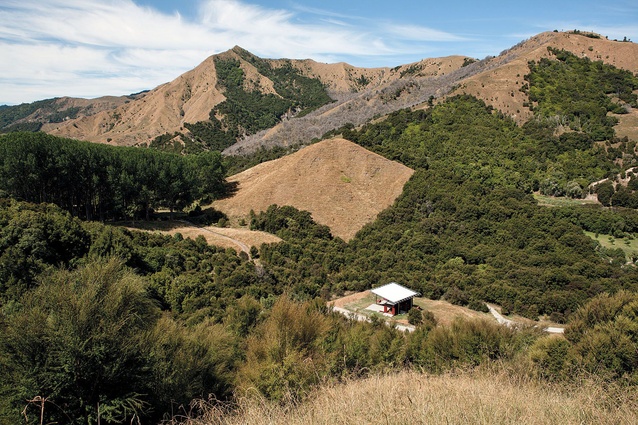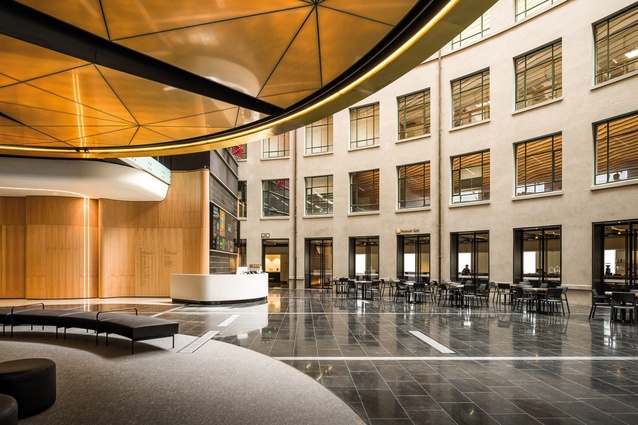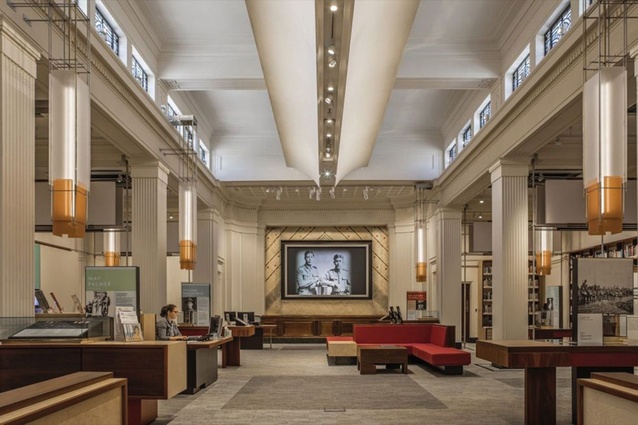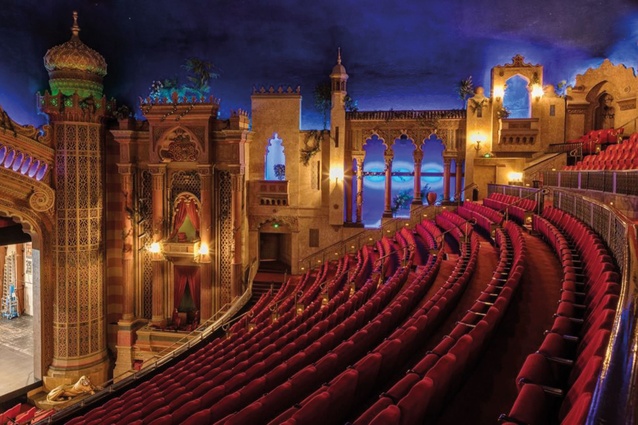Obituary: Jeremy Salmond QSO FNZIA
Sarosh Mulla pays tribute to Jeremy Salmond (2 January 1944–3 January 2023), one of New Zealand’s most highly respected heritage and conservation architects.
Jeremy Salmond passed away peacefully in Auckland on the third of January 2023, a day after his 79th birthday.
Jeremy was a friend and mentor of, and collaborator with, many architects around Aotearoa. He was, to many, the most respected conservation architect in the country, having literally written the book on old New Zealand houses. He was the founding director of Salmond Reed Architects and, in 2007, was awarded the Queen’s Service Order (QSO) for his contribution to the preservation of New Zealand’s heritage of significant buildings. In 2018, Te Kāhui Whaihanga New Zealand Institute of Architects recognised his towering contribution to our built environment with the NZIA Gold Medal – an award for which he was grateful but, simultaneously, incredulous to receive. Such was Jeremy: a kind, gentle and ever-humble man who simply loved design.
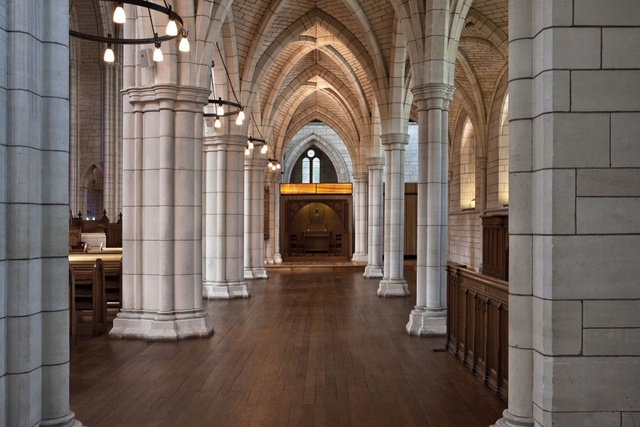
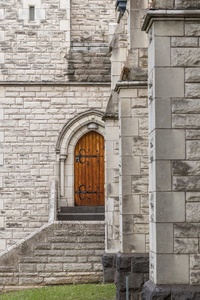
I met Jeremy for the first time in 2006 when I began working part time at Salmond Reed Architects. Still a student, I was initially tasked with jobs which I now realise were designed to help me grow but really provided nothing to the practice. Until, on my second day in the office, I was seated next to another director and Jeremy passed my desk, with the usual bounce in his step, and asked that I help with a seating layout for an old theatre. He was advocating for the protection of the theatre and was aiming to show that its form could be adapted and still provide a worthwhile seating arrangement for new operators. Over the time that I knew Jeremy, this type of pro bono work in support of community groups and heritage advocates around the country was common. Jeremy always wanted to help and, as a passionate believer in the power of architecture, believed that almost any challenge could be solved with the application of good design.
Scared shitless, I proceeded to draft a seating plan for the founding director of the practice, summoning all the experience generated by my previous day of architectural employment. I must have lost several kilos in sweat as, nervously, I worked. Jeremy took my plan to the meeting that evening and the theatre still stands. In hindsight, I am pretty sure I made every mistake possible in that drawing but Jeremy was kind in his response to it, choosing not to highlight my shortcomings but instead to point to any meagre signs of future usefulness. He was like that with everyone: generous with his time and always open to discussing ideas with wit and optimism. When things were tough, Jeremy was always a source of energy and positivity in the office. Amongst the chat of new graduates, no one ever had a harsh word to say about Jeremy.
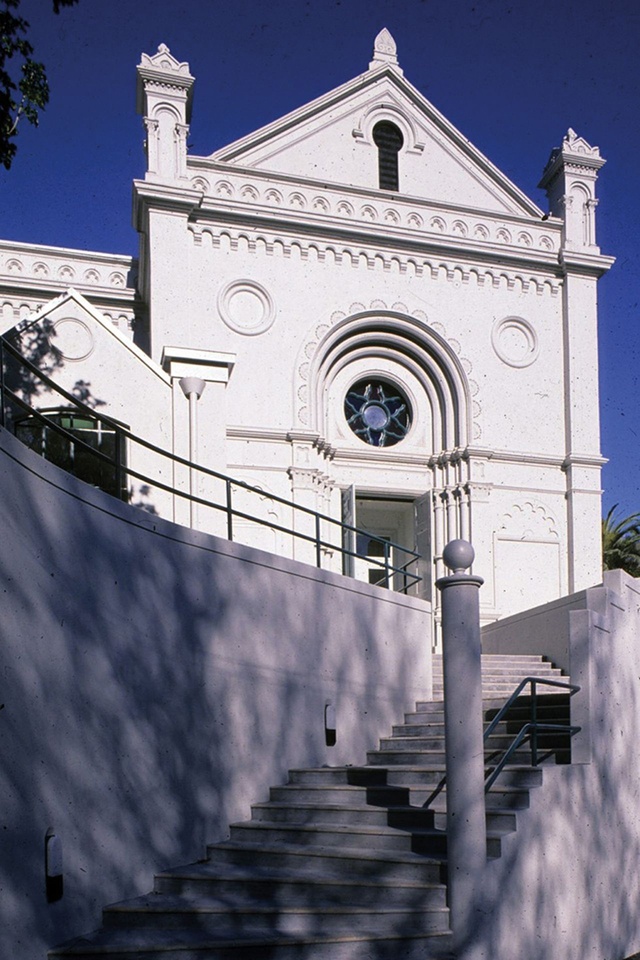
He worked on the restoration of major historic buildings across New Zealand, including the former Auckland Jewish Synagogue and many marae, Auckland’s Civic Theatre, the Pompallier Printing House in Russell, St Matthew-in-the-City, Auckland, Sacred Heart Cathedral in Wellington, Auckland Art Gallery, the former Auckland Chief Post Office and Auckland War Memorial Museum, to name but a few. He has left us an incredible series of buildings, which are actively used parts of our communities rather than relics.
Jeremy believed in the power of design to solve problems. Much of his consultancy work with other architects rested on this belief. His work with Nat and Pip Cheshire around the Britomart precinct marked a fundamental change in the way that our city approaches and appreciates its heritage buildings. These tag-team arrangements always sprouted from a mutual respect between colleagues. He formed relationships like this with so many within the profession and, in each instance, his influence can be seen in the carefully considered retention of so much of our built heritage, without the stifling of contemporary design.
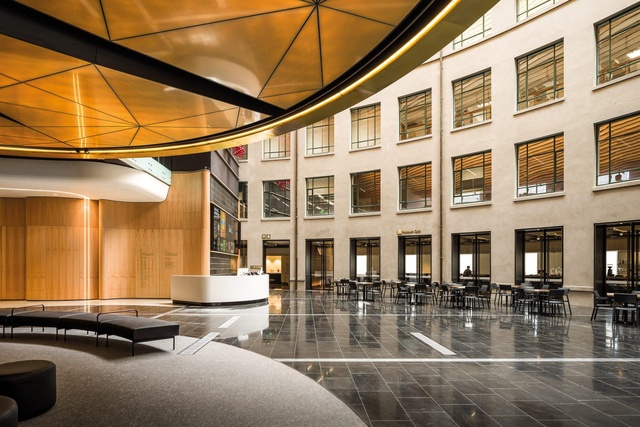
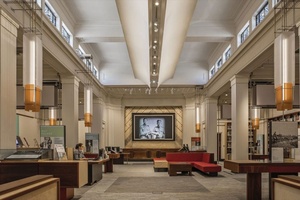
Through his career, Jeremy also developed a stunning ability to walk an exceedingly difficult path – providing design critique to design architects in a manner which they valued and accepted. His way with words and his quick wit were appreciated; I’m sure they made many suggestions more palatable. When introducing me to his contemporaries, many of whom were/are luminaries within New Zealand architecture, Jeremy would always say, “I taught him everything he knows and he’s still ignorant”. He was charming in a way that was disarming. All of his wit was applied gracefully and without malice.
Jeremy was born in Dunedin and raised in Gore. His father was a lawyer and his mother a secretary. His uncle and grandfather were architects of note and his talent with a pencil was evident at a young age, as he enthusiastically drew illustrations of American cars pictured in Popular Mechanics magazine. Jeremy studied architecture at the University of Auckland, which, several decades later, would recognise him with the prestigious Distinguished Alumni Award in 2020. But, in truth, Jeremy was not a naturally good student. He openly recalled failing papers on numerous occasions. It was around this time of academic purgatory that Jeremy met Anne, who taught him how to study. Almost instantly, his grades improved and he was on his way to a full-time position with the Ministry of Works.
Anne’s influence on Jeremy’s life can’t be understated. I don’t think I’ve ever met a pair who are both so individually brilliant, and even more so together. Jeremy loved Anne and their three children completely. He was a dedicated father and family man, in all the best senses of that term. Given his huge commitment to his family, it’s hard to believe he was able to manage the energy or time to have such a full and successful career. In this way, he was an inspiration beyond his professional achievements.
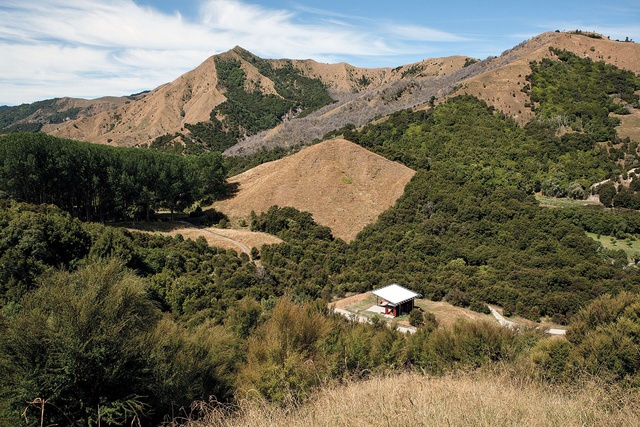
In 2000, Jeremy and Anne began their work at the Waikereru Ecosanctuary, just north of Gisborne. The pair bought a beleaguered farm along the river’s edge, primarily to save the last remaining stand of mature native trees in the valley. Some 23 years later, Waikereru is an amazing example of landscape restoration and collaboration. Jeremy designed several buildings on the site, including a home which was built by his brother and awarded by the institute for its ingenuity the following year.
It was in Gisborne that I really began to know Jeremy. No longer his employee, older by a decade and marginally more confident in myself, I was able to engage with his thinking in a different way. I lived in Gisborne for a year, building a project on the grounds of the ecosanctuary for my PhD. During that time, I lived in his house more than he and Anne did. I am still astounded by his generosity in letting me build a project on his land, with really no more than a conversation and my assurance that “it’ll be good”. Such was his spirit of adventure and his support of young designers.
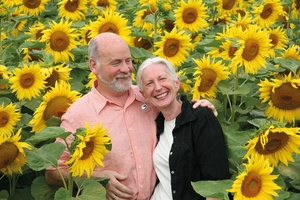
When he and Anne were in Gisborne, my volunteer army was treated to the most generous hospitality. They took me to family gatherings and welcomed me in a way that I haven’t experienced before or after. Often after dinner, Anne would head to sleep, and Jeremy and I would stand in the kitchen and talk about practice, design, landscape, politics, cars, family and how formative challenges are. Jeremy had tangled with cancer in the years prior and he was open about how that had changed his outlook and reinforced what was important in family and work. During the same period, and in subsequent years, Jeremy was always someone I spoke with when things were challenging. He had a steady way of seeing a path ahead. Perhaps his work on old buildings had given him the ability to play the long game. I’ll miss his guidance, humour and friendship, as I know many of us will.

